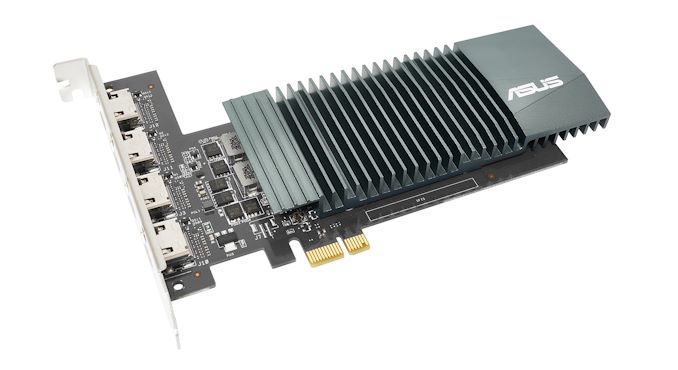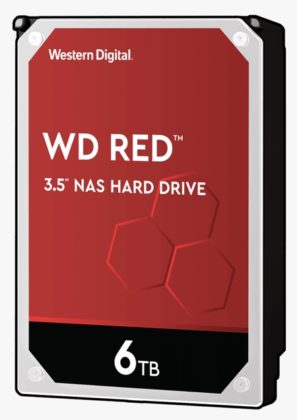I’ve noticed of late that certain companies are ‘relaunching’ older parts in new designs. We’ve seen it recently with some of the older AMD APUs finding their way into new motherboard designs, but here it’s a case of a base GPU returning to the market. ASUS has listed on its website a ‘new’ GT 710: this is a super low end graphics chip with 192 CUDA cores on the 87 mm2 GK208 Kepler die that originally launched in late 2015 / early 2016. The goal of this sort of graphics card us to supply basic video outputs to machines that do not come with any integrated graphics on the processor.





